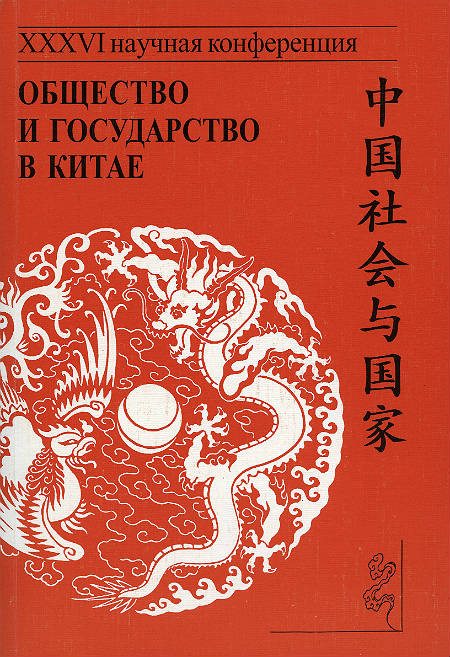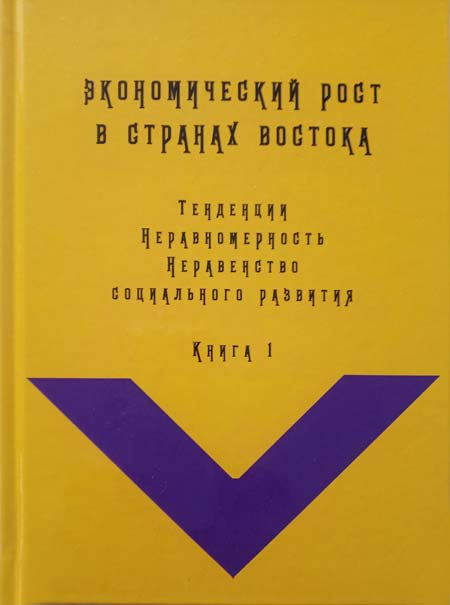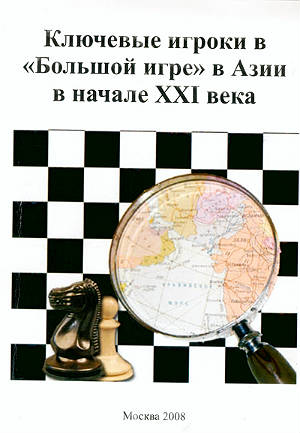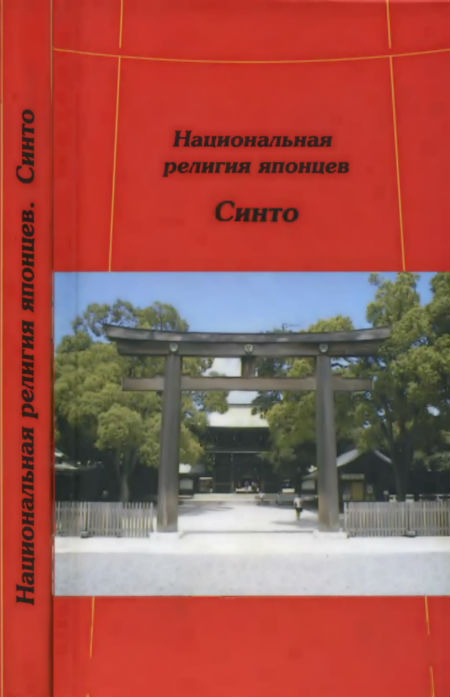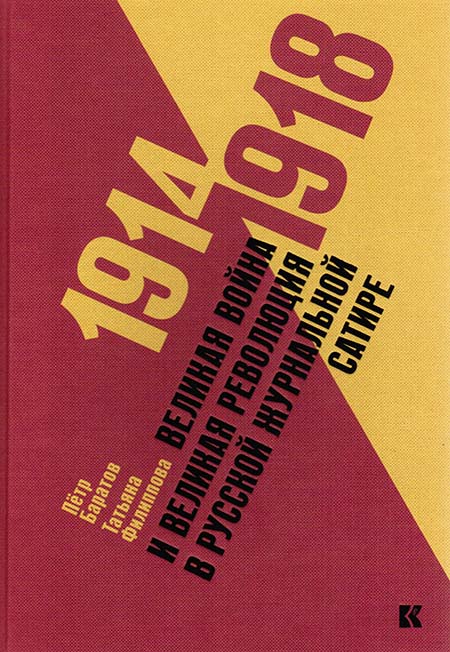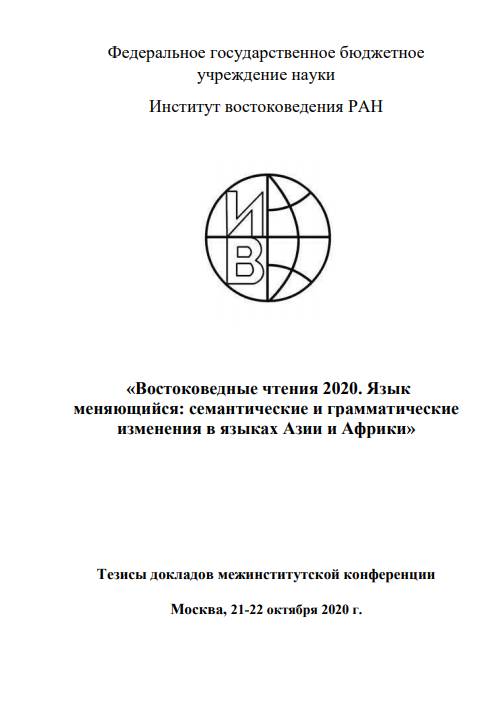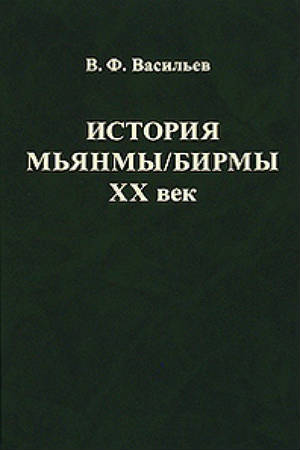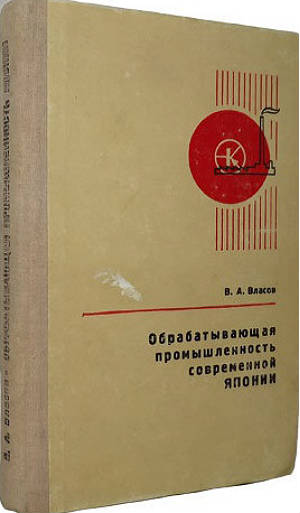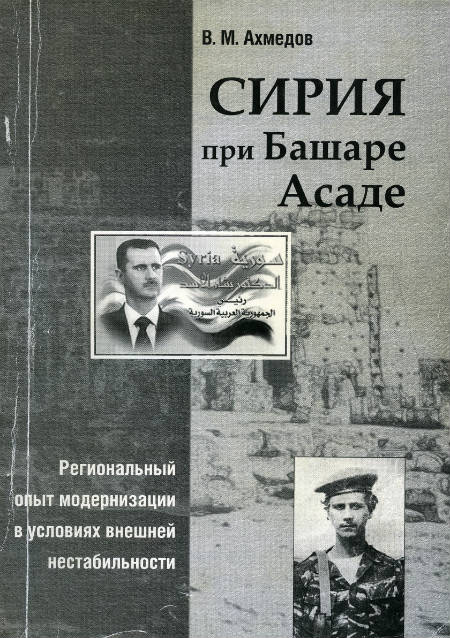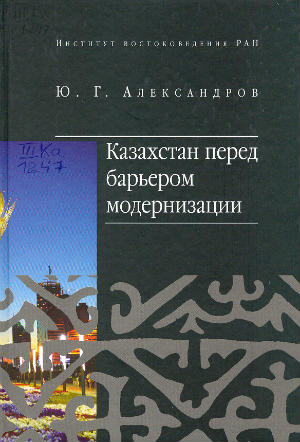Book
Kazakhstan Before the Barrier of Modernization
Institute of Oriental Studies of the Russian Academy of Sciences
Москва, 2013, 288 p.
The Soviet economy of Kazakhstan was based mainly on the obsolete and uncompetitive industrial technologies involving mass mobilization of the cheap labour resources. Its heavy industries and the wheat sector of agriculture were controlled by the central Government of the USSR. The post-Soviet 1990s were characterized by a breakdown of the economy that was close to collapse and by its spontaneous restructuring. Then slow and uneven economic rehabilitation and growth started in the early 2000s. Some important positive changes have taken place in Kazakhstan during this period. The State property has been almost completely replaced by the private property in the main sectors of the economy. Thanks to all those changes a substantial differentiation of the economy has taken place. One part of it with the relatively high labour productivity includes the oil industry, a group of mining and metallurgy enterprises, but these enterprises provide only for 10% of the total employment. At the same time, 75% of employed population is occupied in the part of economy with the lowest productivity. It includes agriculture, trade, education, public health services, state administration and even engineering industry. Hence, Kazakhstan’s transitional economy is still much closer to the model of dual resource-based economy with an enclave of export sector than to a multi-branch integrated system.
РУССКАЯ ВЕРСИЯ: Казахстан перед барьером модернизации

